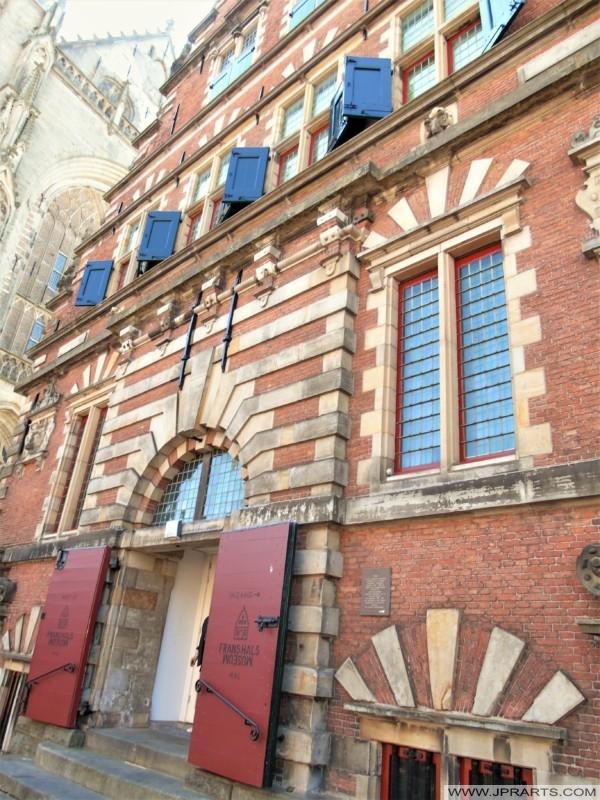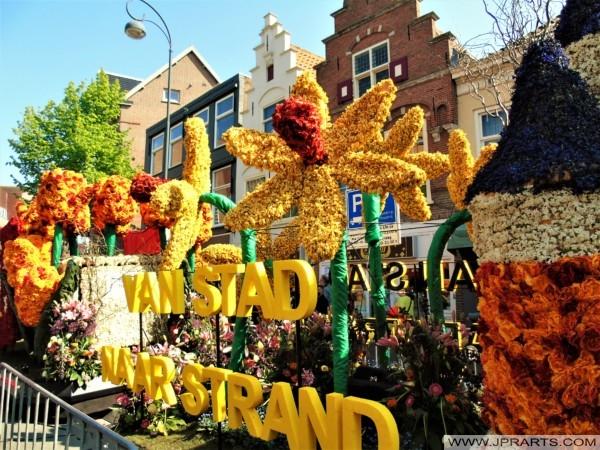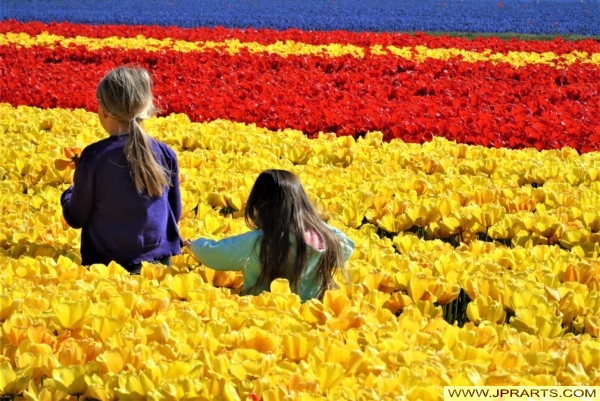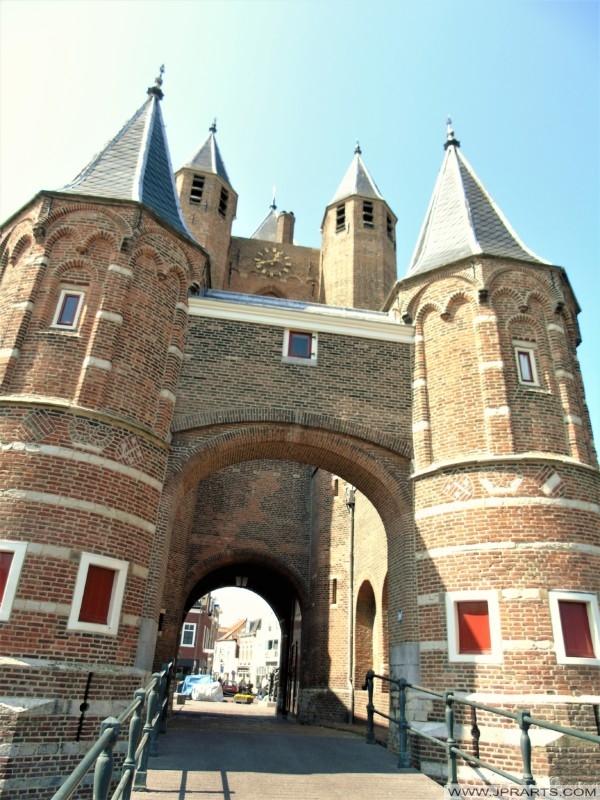Haarlem is a city and municipality in the Netherlands. It is the capital of the province of North Holland. Haarlem is situated at the northern edge of the Randstad, one of the most populated metropolitan areas in Europe. Haarlem had a population of 161,265 in 2019. Haarlem is located on the river Spaarne, giving it its nickname ‘Spaarnestad’ (Spaarne city). It is situated about 20 km (12 mi) west of Amsterdam and near the coastal dunes. Haarlem has been the historical centre of the tulip bulb-growing district for centuries and bears its other nickname ‘Bloemenstad’ (flower city) for this reason.
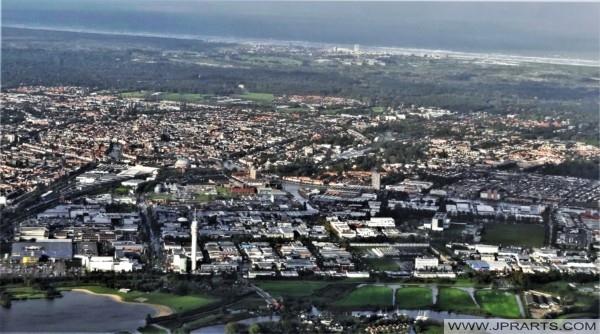
Haarlem, The Netherlands
Haarlem, Países Bajos
Haarlem was granted city status or stadsrechten in 1245, although the first city walls were not built until 1270. The modern city encompasses the former municipality of Schoten as well as parts that previously belonged to Bloemendaal and Heemstede. Apart from the city, the municipality of Haarlem also includes the western part of the village of Spaarndam. Newer sections of Spaarndam lie within the neighbouring municipality of Haarlemmermeer.
Haarlem has a rich history dating back to pre-medieval times, as it lies on a thin strip of land above sea level known as the strandwal (beach ridge), which connects Leiden to Alkmaar. The people on this narrow strip of land struggled against the waters of the North Sea from the west, and the waters of the IJ and the Haarlem Lake from the east. Haarlem became wealthy with toll revenues that it collected from ships and travellers moving on this busy north–south route.
Haarlem, Niederlande
荷兰哈勒姆
As shipping became increasingly important economically, the city of Amsterdam became the main Dutch city of North Holland during the Dutch Golden Age. The town of Halfweg became a suburb, and Haarlem became a quiet bedroom community, and for this reason Haarlem still has many of its central medieval buildings intact.
The oldest mentioning of Haarlem dates from the 10th century. The name probably comes from “Haarlo-heim”. This name is composed of three elements: haar, lo and heim. There is not much dispute about the meaning of lo and heim; in Old Dutch toponyms lo always refers to ‘forest‘ and heim (heem, em or um) to ‘home‘ or ‘house‘. Haar, however, has several meanings, one of them corresponding with the location of Haarlem on a sand dune: ‘elevated place’. The name Haarlem or Haarloheim would therefore mean ‘home on a forested dune’.
هارلم ، هولندا
Haarlem, Pays-Bas
In the 14th century Haarlem was a major city. It was the second largest city in historical Holland after Dordrecht and before Delft, Leiden, Amsterdam, Gouda and Rotterdam. In 1429 the city gained the right to collect tolls, including ships passing the city on the Spaarne river. At the end of the Middle Ages Haarlem was a flourishing city with a large textile industry, shipyards and beer breweries. Around 1428 the city was put under siege by the army of Jacqueline, Countess of Hainaut. Haarlem had taken side with the Cods in the Hook and Cod wars, and thus against Jacoba of Bavaria. The entire Haarlemmerhout wood was burnt down by the enemy. When the city of Brielle was conquered by the Geuzen revolutionary army, the municipality of Haarlem started supporting the Geuzen.
Харлем, Нидерланды
Haarlem, Nederland
The city suffered a large fire in the night from 22 to 23 October 1576. The fire started in brewery het Ankertje, near the weighhouse at the Spaarne, which was used by mercenaries as a guarding place. the fire destroyed almost 500 buildings, among them St-Gangolf’s church and St-Elisabeth’s hospital. Most of the mercenaries were later arrested, and one of them was hanged on the Grote Markt in front of a large audience. The fire and the long siege had taken their toll on the city. The Spanish left in 1577 and under the Agreement of Veere, Protestants and Catholics were given equal rights, though in government the Protestants clearly had the upper hand and Catholic possessions once seized were never returned. To restore the economy and attract workers for the brewing and bleaching businesses (Haarlem was known for these, thanks to the clean water from the dunes), the Haarlem council decided to promote the pursuit of arts and history, showing tolerance for diversity among religious beliefs.
हार्लेम, नीदरलैंड्स
Haarlem, Holandia
Visit Netherlands Travel to Book Flights and Hotels Easy Online
Visit Food & Drinks to Order Easy and Cheap Online
Visit the Cheap Webshop for Blu-rays, Books and DVDs



